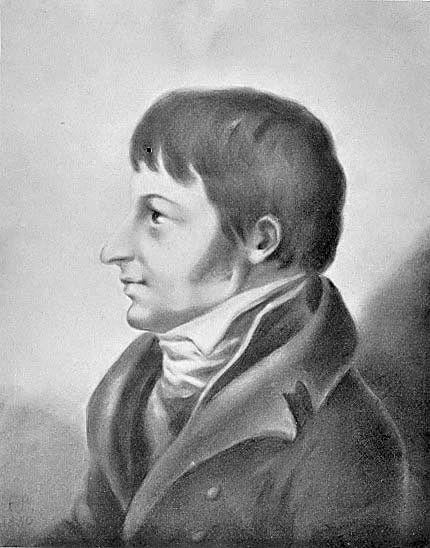Frans Michael Franzén
Frans Michael Franzén
Born February 9, 1772, Oulu. Died August 14, 1847, Härnösand, Sweden.
Master of Arts, Royal Academy of Turku, 1789
Doctor of Theology, Uppsala University, 1818
Ordained, 1803
Professor of History and Morals, Royal Academy of Turku, 1801–11
Professor of Literary History, Royal Academy of Turku, 1798–1801
Librarian, Royal Academy of Turku, 1795–1811
Docent of Oratory, Royal Academy of Turku, 1792
President, Nyland Regional Students’ Society, 1800–11
Member of the Swedish Academy, 1808
Bishop, Härnösand Diocese, 1831–47
Minister, Klara parish, 1824–34
Minister, 1810–24, Dean, Kumla parish, 1820
Minister, Paimio parish, 1803–10
Honours
Riemumaisteri (An honorary master's title awarded to an individual 50 years after the original degree), Imperial Alexander University, 1840
Riemumaisteri, University of Uppsala, 1839
Lundblad Prize, 1794
Name given to:
Franzénia, formerly part of the University of Helsinki’s premises.
Helsinki: Franzéninkatu street (1901), Franzénin puistikko park (1928), Franzéninaukio square (1990)
Oulu: Franzénin puisto park and the Franzén monument
Photo: WikimediaCommons
Written by Tomas Sjöblom
Translated by Joseph McVeigh


